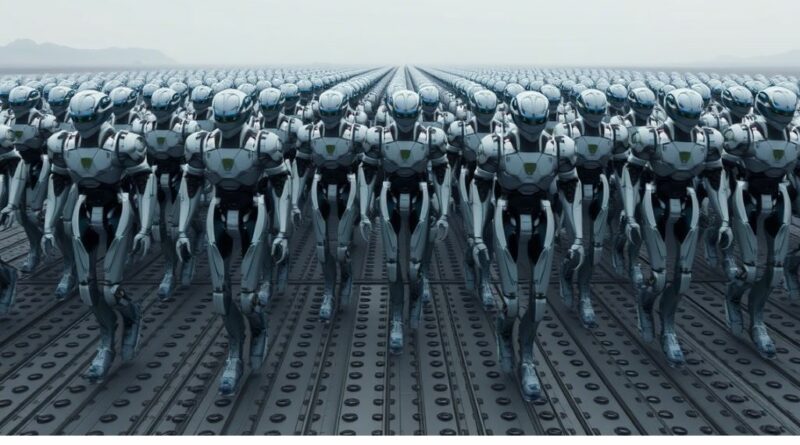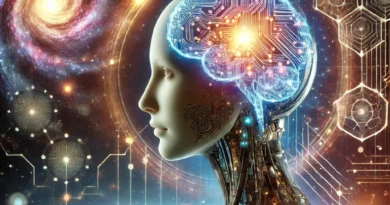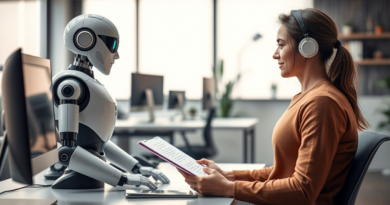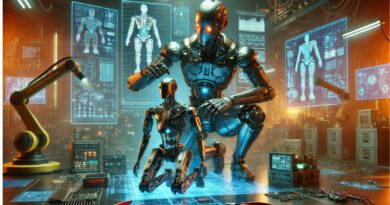The Race to Dominate Humanoid Robotics
The Future of Work: How Humanoid Robots Are Redefining Automation
In a world increasingly driven by artificial intelligence, the race to develop advanced humanoid robots is heating up. Companies like Figure AI and Tesla are at the forefront of this technological revolution, aiming to transform industries ranging from manufacturing to healthcare. With ambitious deployment plans and rapid advancements in AI, these robots are poised to redefine the global workforce.
Figure AI’s Bold Vision
Figure AI has set its sights on deploying 100,000 humanoid robots over the next four years, a goal that underscores the company’s commitment to revolutionizing automation. Following its successful partnership with BMW, Figure AI has secured a second major commercial partner, signaling growing confidence in its technology. The company’s robots, such as the Figure 02 and the upcoming Figure 03, are designed to learn, adapt, and perform complex tasks, making them ideal for manufacturing, logistics, and healthcare applications.
CEO Brett Adcock believes that humanoid robots will play a pivotal role in addressing labour shortages and enhancing productivity. “We’re not just building robots; we’re building the future of work,” Adcock said in a recent statement. With competitors like China’s Zhiyuan Robotics and MagicLab also vying for dominance, Figure AI is pushing the boundaries of what’s possible in robotics.
Tesla’s Optimus: A Game-Changer
Meanwhile, Tesla is making waves with its Optimus humanoid robot. Unveiled in 2022, Optimus has undergone significant upgrades, with the latest prototype demonstrating remarkable improvements in mobility and dexterity. Elon Musk envisions Optimus as a versatile assistant capable of performing tasks in factories, homes, and even healthcare settings.
Tesla plans to begin limited production of Optimus by 2025, with the initial focus on deploying the robots in its own factories. Musk has also hinted at potential partnerships with other industries, suggesting that Optimus could soon become a ubiquitous presence in our daily lives. “Optimus is not just a robot; it’s a step toward a future where humans and machines work together seamlessly,” Musk remarked during a recent presentation.
The Impact on the Workforce
The rise of humanoid robots raises important questions about the future of work. While these machines promise to increase efficiency and reduce costs, they also pose challenges for the global job market. Experts predict that robots will take over repetitive and dangerous tasks, freeing up human workers to focus on more creative and strategic roles. However, there are concerns about job displacement and the need for reskilling workers to adapt to a rapidly changing economy.
A New Era of Automation
As Figure AI and Tesla lead the charge in humanoid robotics, the industry is witnessing an unprecedented level of innovation. With billions of dollars being invested in AI and robotics, the next decade could see a dramatic shift in how we live and work. Whether it’s Figure AI’s robots revolutionizing manufacturing or Tesla’s Optimus assisting in homes, one thing is clear: the future of automation is humanoid.
The race to dominate this emerging market is just beginning, and the stakes are high. As these companies continue to push the boundaries of technology, the world watches with bated breath, eager to see how humanoid robots will shape the future.



